Application Of Shaftless Drum Screen In Recycled Metal Separation
The shaftless drum screen utilizes a central shaftless structure, with the drum rotating via multiple support wheels or rollers. By using segmented screens with varying apertures, the drum screen can achieve multi-level grading, such as separating metal particles of varying sizes, such as aluminum shavings and copper granules. As the drum tilts and rotates, the material tumbles and falls onto the screen surface, completing the particle size classification.
Application of the shaftless drum screen in recycled metal separation
Recycled metal raw materials are often mixed with impurities such as plastic, rubber, and sand. Shaftless drum screens can optimize pre-processing in the following ways:
1. Impurity Removal
Screening separates non-metallic impurities (such as plastic fragments and dust) from metal fragments, providing clean raw material for subsequent magnetic separation or eddy current separation.
2. Particle Size Classification
Sorting metal fragments by size facilitates targeted subsequent processing (small particles are directly smelted, while larger particles are secondary crushed).
Technological advantages and innovations
1. Anti-Tangle: The center-shaft design prevents entanglement of wires, cables, and other materials, reducing downtime and maintenance.
2. High Processing Capacity: The large screening area allows for over 1.5 times the throughput of conventional equipment per unit time.
3. Environmental Protection and Energy Saving: The fully sealed structure reduces dust escape, and the low-speed operation reduces energy consumption and noise, meeting green production standards.
4. Durability: The use of wear-resistant steel extends service life.
Actual performance
Taking a metal recycling company as an example, after the shaftless drum screen was introduced:
1. Pretreatment efficiency improved: After screening and grading, the impurity removal rate for subsequent sorting increased from 75% to 99%, significantly improving the purity of the raw metal.
2. Energy consumption reduced: The roller drive design reduces motor power, reducing overall energy consumption by approximately 30%.
3. Maintenance cost optimization: Equipment failure rate decreased by 40%, saving 15% in annual maintenance costs.


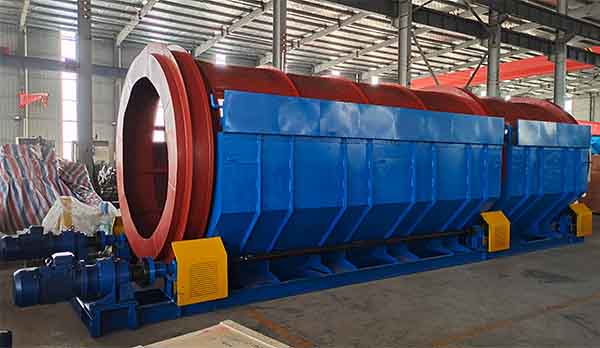
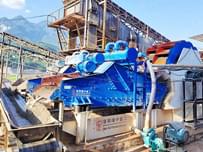
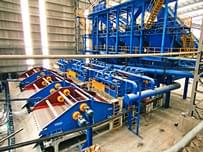
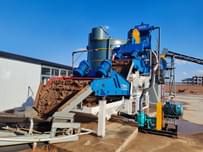
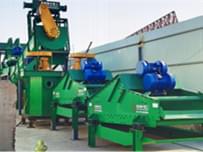
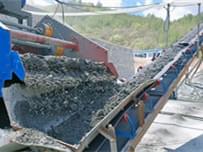
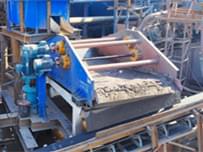
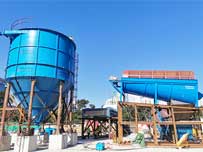
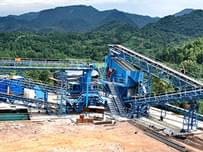




Send Message
Please write down your requirement and contact details in the following form. You can also send a message to us by this email export@lylzzg.com, we will reply to you within 24 hours.